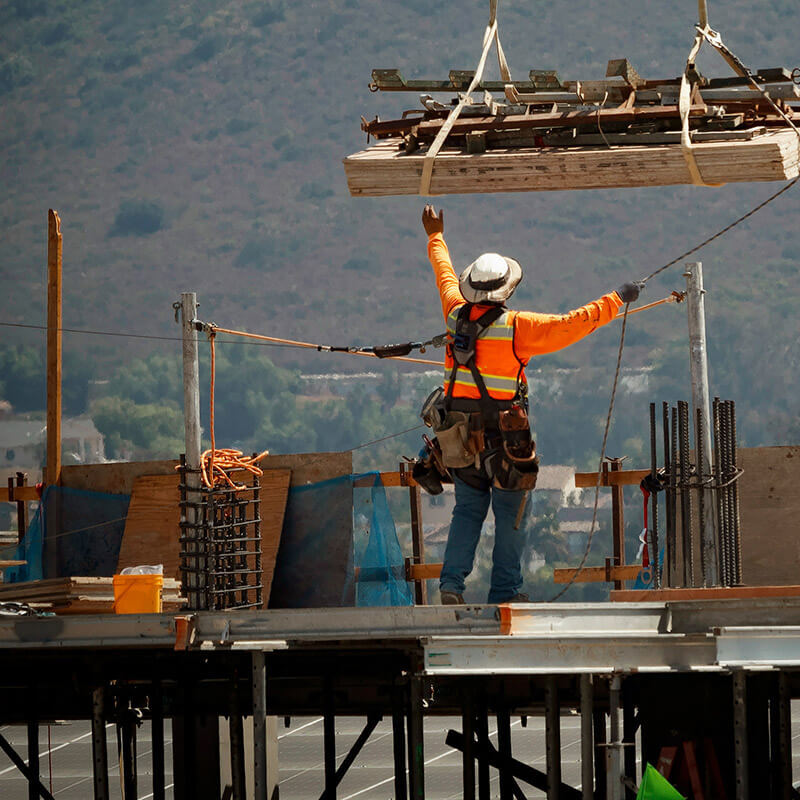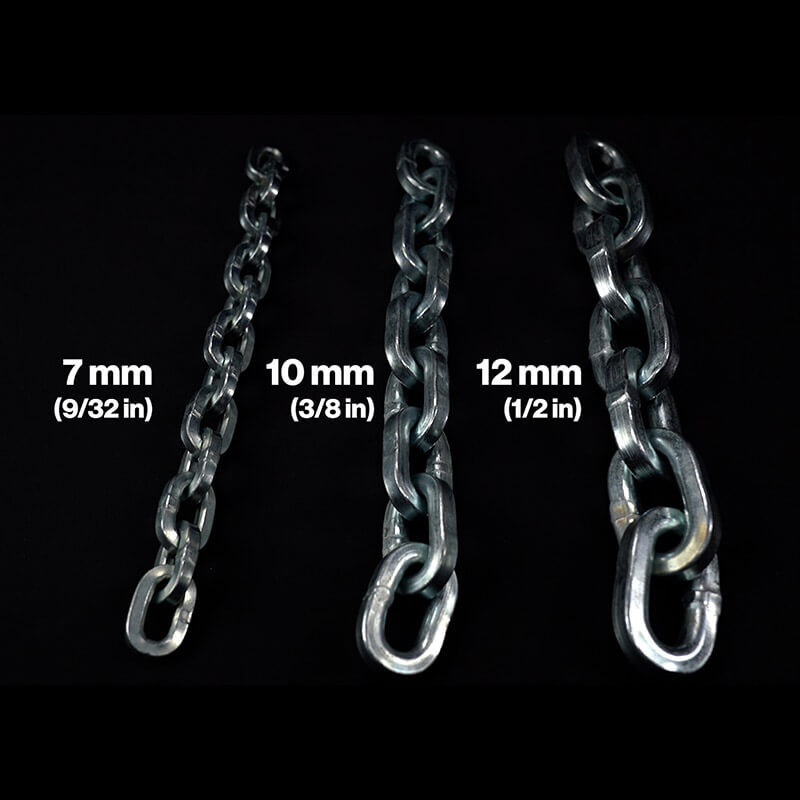What Tools Do Riggers Need?
Riggers are key in many industries, preparing and managing equipment for lifting heavy loads. It's important to know the difference between lifting and rigging. Rigging is about setting up and making sure loads are safe, using special tools. Lifting is when you actually lift the load.
So, knowing what tools do riggers need is crucial. They use everything from wire ropes to safety gear. A good riggers tool kit is essential for safety and doing the job well.
Key Takeaways
- Safety protocols like OSHA 1926.753 and OSHA 1926.251 govern rigging operations.
- Regular maintenance and inspection of rigging equipment prevent wear and tear.
- Proper storage of rigging tools extends their lifespan.
- Wire ropes should not have knots and must comply with OSHA 1926.251(c)(4).
- SafetyCulture tools assist in maintaining compliance and ensuring equipment safety.
- Head protection must comply with ANSI Z89.1 standards.
- Popular wire rope configurations include 6x19 and 6x37 strands.
Essential Rigging Tools and Their Functions
Essential rigging tools are key for safe and efficient load handling. Wire ropes are strong and flexible, often paired with hooks and shackles. These tools secure the rigging system.
Rigging hooks, made from alloy steel, vary in size for different loads. Shackles, important for loads over 6,000 lbs, connect loads in many setups.
Lifting slings support loads, improving balance and control. They come in various materials for different weights and load centers. Hitch types ensure safety and versatility for different loads.
Pulleys and blocks make lifting heavy objects easier. They can handle up to 30 tonnes, making lifting simpler. Wire ropes, lifting thousands of tons, vary by diameter and load capacity.
Eye bolts and steel nuts, from ¼” to 2”, secure cables and wires. Eye bolts are great for anchor points or looping cables. Shouldered bolts are used for angled loading.
Regular inspections of slings, Wire Ropes, and hooks are vital. This depends on service conditions, use frequency, and load handling. Rigging gear is used in construction, transportation, and more.
Weather, material quality, and load weight are key in choosing rigging equipment. Companies like Heritage Industrial use trained riggers for safety. They have over 90 years of combined experience in rigging and moving machinery.
Must-Have Rigging Equipment for Safe Operations
Safety is key in rigging operations. Marine, engineering, oil & gas, and manufacturing face many risks. Eye bolts are essential for safe rigging setups. They help keep operations safe and efficient.
Turnbuckles adjust rigging system tension for balance and alignment. They make lifting operations more stable and safe. Wire rope slings are used in 65% of construction lifts for their durability and flexibility. Chain slings, used in 80% of manufacturing, handle very heavy loads.
Synthetic slings are used for 45% of logistics operations for delicate loads. Hooks, especially swivel hooks, prevent sling twisting in 70% of load rotations. These tools make challenging rigging tasks safe and efficient.
Spreader bars and lifting beams stabilize bulky loads during lifts. They prevent tilting and ensure even weight distribution. Safety inspections can prevent 90% of rigging accidents. Rigging equipment training reduces accidents by 25%.
Safety gear is vital, including helmets, safety shoes, and gloves. Helmets protect against falling objects. Safety shoes prevent slipping and protect from hazardous grounds. Gloves handle chemicals and hot objects safely. Safety harnesses are crucial for elevated work. Safety glasses or goggles protect eyes from injuries.
Creating a safe work environment is essential. Using the right rigging equipment and following safety rules are key. Regular checks and training programs are vital for a safer workplace.
What Tools Do Riggers Need in Their Toolkit?
Personal safety is key in rigging. A full body harness is vital for fall protection. It keeps riggers safe in high places. Harnesses must meet safety standards and be checked before use.
Ropes and their accessories are crucial for securing loads. They come in different types for various needs. Riggers know about different equipment, like skydiving gear, and need the right ropes and fasteners.
Head protection is also vital. Helmets that meet ANSI Z89.1 standards protect from impacts. Gloves and multi-tool help with rigging tasks. Their tool belt and LED Chest Rig improve comfort and visibility.
Specialized tools like wrenches vary by equipment. For example, certain wrenches fit imperial or metric boats better. Having different types of wrenches prepares riggers for any situation.
To become a Master rigger, one needs two years of experience and lots of training. This shows how important a good toolkit is for safe and efficient rigging.
These tools are essential for a rigger's safety. They make sure rigging operations are done safely and well.
Conclusion
In the world of rigging, having the right tools is crucial. Tools like wire ropes, pulleys, and safety gear are key. They help riggers do their jobs safely and well.
Many crane accidents happen because of objects or equipment hitting workers. This shows how important safety is. It's vital to check that rigging equipment can handle the load it's given.
Using tools correctly keeps riggers safe and the loads stable. Riggers should check equipment often and replace damaged items right away. Training and certifications are also essential for a safe work area.
Following strict safety rules and using top-notch tools are musts. Proper training and certification are also key. This way, rigging operations can be safer and more efficient.
If you are a Rigger and need the best selection of rigging tools and equipment shipped directly to you and you can easily buy rigging equipment online at your convenience bookmark our Bishop Lifting site for current and future purchases!
FAQ
What tools do riggers need for effective rigging? (SEO relevant keywords: what tools do riggers need, essential rigging tools, riggers tool kit)
Riggers need many tools like wire ropes, hooks, and shackles. They also use slings, pulleys, and blocks. Turnbuckles, spreader bars, and lifting beams are important too. Eye bolts and rope accessories are key. Plus, personal protective equipment (PPE) like harnesses and helmets are vital for safety.
How do wire ropes function in rigging operations? (SEO relevant keywords: Wire Ropes)
Wire ropes are strong and flexible, making them key in rigging. They work with hooks and shackles to secure loads. This ensures the lifting process is stable and safe.
Why are slings important in rigging setups?
Slings spread out the load's weight, improving balance and control. This reduces accident risks and makes rigging safer and more efficient.
What role do pulleys and blocks play in rigging? (SEO relevant keywords: top rigging tools, rigging gear list)
Pulleys and blocks give riggers a mechanical advantage. They make lifting heavy objects easier by reducing the effort needed.
How do turnbuckles enhance rigging safety? (SEO relevant keywords: must-have rigging equipment)
Turnbuckles adjust the rigging system's tension. This ensures the load is balanced and stable, preventing accidents during lifts.
What are eye bolts used for in rigging? (SEO relevant keywords: Eye Bolts)
Eye bolts are anchor points in rigging setups. They are crucial for a stable foundation, ensuring loads are handled safely and effectively.
Why are spreader bars and lifting beams crucial in rigging operations?
Spreader bars and lifting beams stabilize bulky loads. They ensure even weight distribution and prevent tilting. These tools are vital for safety and control over large, heavy objects.
What personal protective equipment is necessary for riggers? (SEO relevant keywords: Full Body Harness)
Riggers need full body harnesses for fall protection and helmets that meet ANSI Z89.1 standards. These are essential for safety in elevated positions and impact zones.
How do ropes and accessories contribute to rigging operations? (SEO relevant keywords: best tools for riggers, riggers toolkit essentials)
Ropes and accessories are crucial for securing and moving loads. They come in various types, making rigging operations flexible and adaptable.
What Is a Kernmantle Rope Used For?
Nov 21st 2025
What Is a Fall Protection Harness?
Nov 14th 2025
What are the four components of a PFAS?
Nov 7th 2025
Is Palmer Safety OSHA Compliant?
Nov 3rd 2025
What’s the Hardest Chain to Cut?
Oct 20th 2025
What are the most common tools used in rigging?
Oct 13th 2025
What Is the Strongest Security Chain?
Oct 7th 2025
Are Pewag Chains Good?
Oct 3rd 2025
What Are DuckBill Anchors Used For?
Sep 26th 2025











